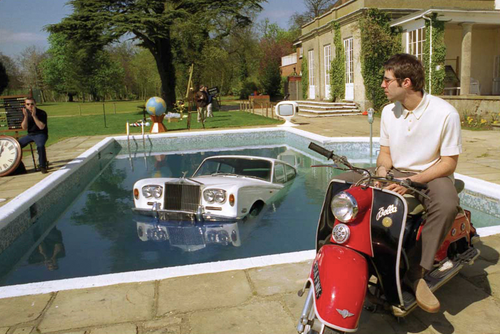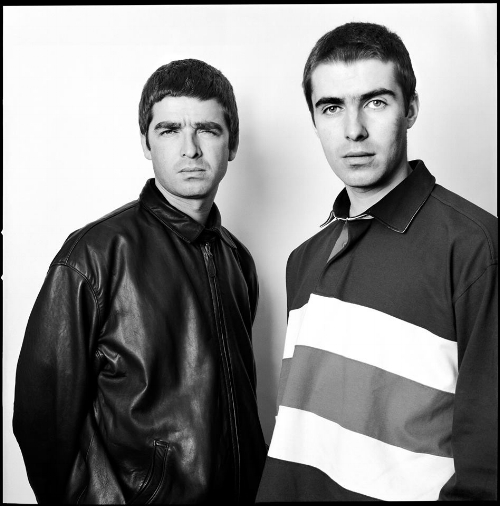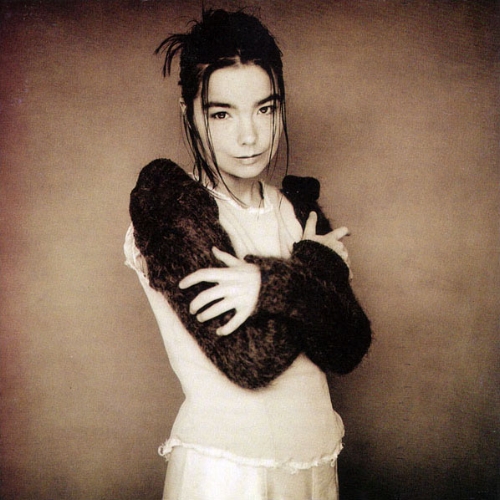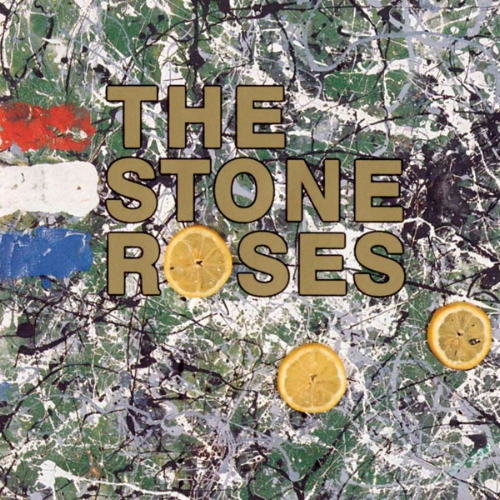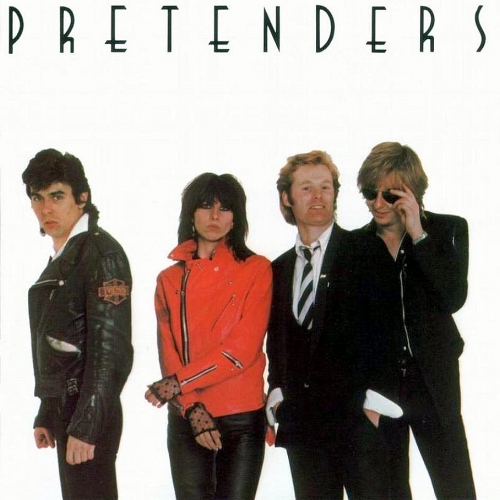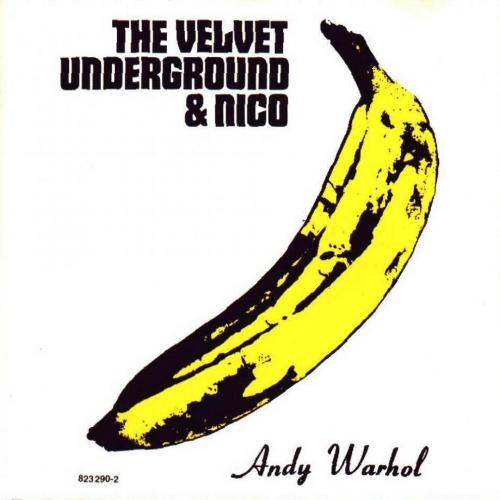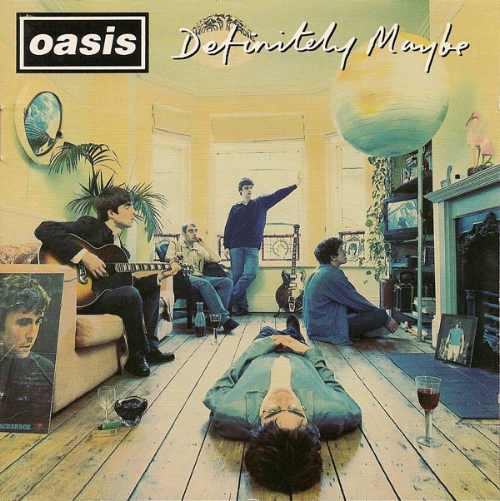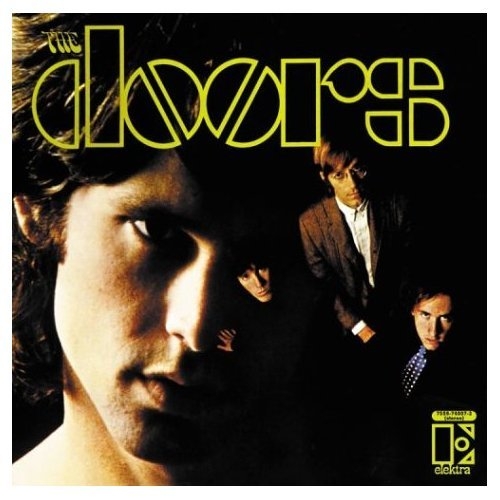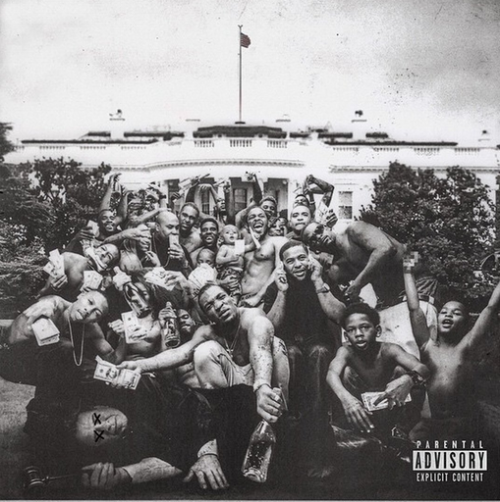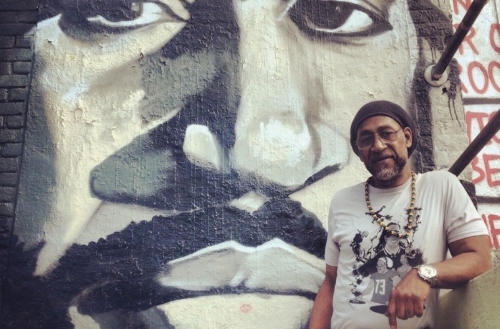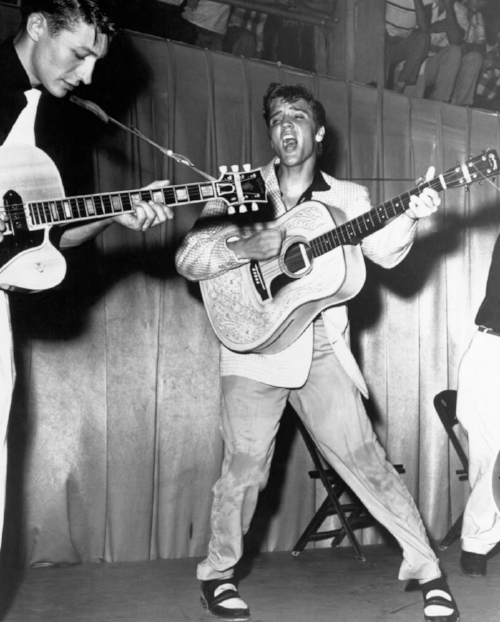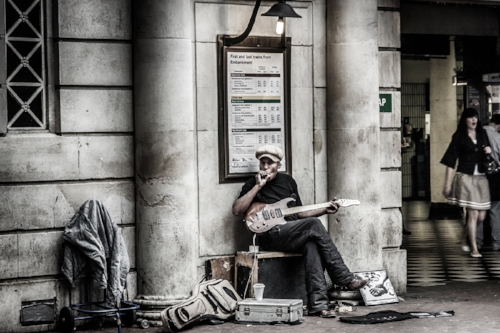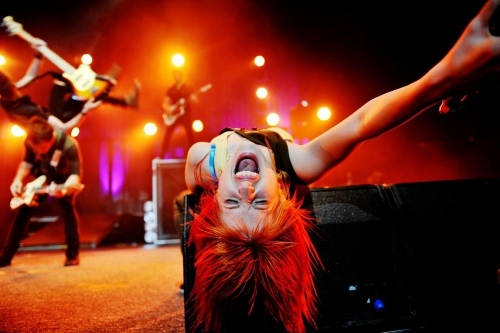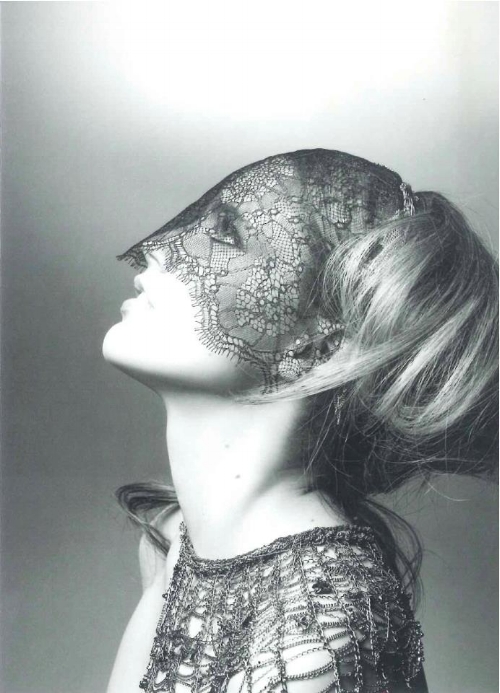FEATURE:
PHOTO CREDIT: EPA/Justin Lane
Taylor Swift and the Social Media Blackout Phenomenon
________
IT seems, as we have been hearing in music news, Taylor Swift…
is, most definitely, up to something. There has been buzz, speculation and conspiracy given the fact she blacked her social media pages out. It might be the case, before this even goes out, she has announced a new record. It seems there is a trend for artists making a grand statement when releasing new material. Well, actually, it is not quite THIS big but the art of promotion and build-up is becoming more of an event. Radiohead – always the promotional pioneers – started a bit of a revolt with their pay-as-you-like strategy when In Rainbows was released in 2007. Last year, for A Moon Shaped Pool, they took down their online portfolios and channels – casting a black curtain and confusing fans. It was a moment of excitement that strayed from the rather predictable modern promotional strategy. Taylor Swift, one assumes, is doing ‘a Radiohead’ when it comes to her latest album. The Oxford band, when announcing A Moon Shaped Pool, were back in action pretty soon and, before you knew it, the first single, Burn the Witch, was before us. There is a danger, before I hit ‘Publish’, the announcement has been made. One presumes Swift is teasing material – if the social media blackout was an error then it makes this piece rather redundant.
She is a megastar that commands millions of dollars each year and has legions of adoring fans around the world. She could, easily, sit back and release an album in a more conventional sense. Nowadays, one releases a statement or vague announcement. There might be cryptic messages and little concepts – Arcade Fire invented their own (fake) corporation/business when promoting their latest, Everything Now – or something original. Then, the singles arrive one-by-one. Often, one might have heard four or five songs before an album is released. In a competitive market – where streaming and electronic distraction channels are replacing retail – artists have to think of ways to adapt and conquer that dynamic. In a bid to send statements and show distinction: even those as big and famous as Taylor Swift is shutting off the spotlight – leaving the audience in anticipation. Whether an album arrives by the end of the week – one would assume so – it is interesting to see what form the material takes. It might not a surprise of epic proportions but, perhaps, it is a big single or something else. Who knows what it could be - but I am curious why there is the need to create such a sense of theatre and drama! There is something operatic and definitive about blacking out your social media channels. Yesterday, when talking about the twentieth anniversary of Oasis’ Be Here Now; I was filled with nostalgia recollecting the queues that formed around its release.
That was at a time when we still went and bought physical albums. It may seem like I am an old man wishing things were like they were back in the ‘good old days’ - what I mean is; the quality of an album could bring people out in droves! There was no need for hype and endless promotion. There are albums, in this day and age, that get big reactions but music is relying more and more on extravagant and overly-precise promotional campaigns. Every band or artists have a single release schedule: making sure they are introduced to the world at specific times: launched at the perfect time to gain maximum impact. It is clear something is happening in Taylor Swift’s camp but it will be interesting how this will manifest itself. It seems Timeless – a single, by the sounds of it – will be released. Maybe that is the title of an album but, as Vox explained; there have been other developments and theories abound:
“…then, yesterday, she posted a grainy video of a snake on every account she owned. Rumors flew that she was planning to make an announcement at 2 pm Eastern, just as the solar eclipse was reaching its peak in New York, in what would have been the ultimate power move.
The eclipse came and went without an official announcement from Swift, but a page didappear on Genius for a Swift single called “Timeless,” and timeless.com has been registered and is “coming soon.”
We’re still waiting for the official announcement. But right now would be the perfect time for a new Taylor Swift single, for a few reasons. Let’s break ‘em down.
It’s is the perfect way to build suspense for Sunday’s VMAs
MTV’s Video Music Awards are this Sunday, and while Swift isn’t technically on the roster, it’s widely rumored that she’ll be making a surprise appearance. It would be a very Swiftian move, if so. The VMAs were the site of Swift’s infamous 2009 encounter with Kanye West, which was the moment in which Swift was perhaps most thoroughly in control of her publicity narrative, and they’ll be hosted this year by Katy Perry, with whom Swift has a well-documented feud — all of which would mean headlines galore for Swift. By releasing a song now, Swift is in the perfect position to give it its live debut at the VMAs this weekend, summoning all the associated publicity that would come with it.
If you’re planning to release an album in October, August is when you drop the first single
Historically, Taylor Swift has released a new album every two years in October. Following that pattern, she was scheduled to release a new album last fall, but she skipped a year. If she’s planning to return to her traditional schedule this year, she’ll need to release a new single about three months before she plans to release her album in order to build buzz — in other words, she needs to release new music in August.
It’s been just over a year since the #KimExposedTaylorParty
Last July, Kim Kardashian West released a series of videos online that appeared to demonstrate that Swift had signed off on Kanye West’s controversial “Famous” lyrics (“I feel like me and Taylor might still have sex / Why? I made that bitch famous”), despite Swift’s claims to the contrary”.
IN THIS PHOTO: Kim Kardashian West
The Telegraph had other theories around the reptilian-video-tease and other possibilities:
“Others have suggested that the creature in the video isn't so much a snake but a dragon or a lizard. The pop culture science website Inverseconsulted six (!) different herpetologists for their analysis of what the video actually depicts, with all coming to the conclusion that it probably isn't a snake.
"That is not a snake, nor other reptile," Joseph Mendelson, Ph.D., director of research at Zoo Atlanta, told the site. "It actually changes the length of its body, which is what worms or octopus tentacles do. Snakes, even the couple of really odd ones out there, can't technically accomplish this."
“Others have suggested Swift may be planning a dragon-from-the-ashes video, something involving an octopus, or may just be a huge Game of Thrones fan. These suggestions makes sense, but they also aren't half as much fun to speculate about.
In further far-fetched speculation, it has also been claimed that Swift may have deliberately coincided the release of her new single with this week's solar eclipse as a reference to "shadow bands" – thin streaks of light which appear to shimmer on the ground ahead of and in the wake of an eclipse. These "shadow bands" are also known more colloquially as (dun dun dun) "shadow snakes".
She might be planning a collaboration with Katy Perry
There have also been rumours that Swift will perform her new single live at this Sunday's MTV Video Music Awards, though that has not been confirmed. An interesting aside to that bit of speculation is that the ceremony is being hosted this year by Perry's one-time arch nemesis Katy Perry.
Perry will also be performing her single Swish Swish, a diss track written in response to Swift's Katy Perry diss track Bad Blood.
The fact that both women will be in the same venue has also led to speculation that the pair might bury the hatchet and perform together, particularly after Perry has expressed her wish to put aside their feud in recent months. However, she has denied that they have a collaboration in the works.
"Listen, I'd love for the beef to end, take it off the barbecue," Perry told SiriusXM's radio show The Morning Mash Up yesterday. "I'm down, but I haven't heard anything of it."
That is a lot of spice, flavour and additions to the overflowing rumour-cauldron! Katy Perry has claimed not to be in conversation with Swift so, is that a deflection and bluff?! The Pop market lacks a certain excitement and originality so, when it comes to releasing new material, is the event and build-up more memorable than the actual song?! The song will be called Timeless, it seems. Snakes/snake will be part of the dynamic/video and, given the rumours around Katy Perry - it seems two Pop superstars will join forces. Maybe the song will be a summer-defining epic but, it seems, it is not going to depart too much from Swift’s previous material. Her schedule regarding releasing albums every two years suggests, whatever arrives, will be the start of a new album, one suspects.
IN THIS PHOTO: Katy Perry/PHOTO CREDIT: #StevenKline
Maybe the snake represents a slimy ex-boyfriend. Relationships and empowerment are going to be important factors in the song – maybe they are merely red herrings. All of this chatter and brew has done what the label and management intended: get the millions interested and build up that immense sense of anticipation. Even people like me – not a huge fan of Swift but an admirer of how she conducts herself – are intrigued by campaigns that differ from your usual strategy. I mentioned how, back in the 1990s, there was a more standardised and low-level campaign. Singles would have been released but few artists would spend so much time and energy creating cryptic messages and teasing videos. Maybe we have reached an age where the spectacle and allure take precedence over the actual music. I am fascinated by the sensation of the social media blackout and why artists do it.
PHOTO CREDIT: Sarah Barlow
When Radiohead silenced their channels; many assumed it was them disconnecting from fans and getting away from the chatter. When the lights were brought back up; new music arrived and, in a strange way, it seems like a much bigger thing. We had been plunged into confusion and many had gone into panic-mode. That sense of relief seeing music arrive created a more intense and visceral reaction than if the band had done it in a straightforward and unimaginative way. Radiohead have always been pioneers and keen to do things differently. Taylor Swift is, perhaps, a less innovative songwriter but is part of a culture that understands the power and importance of social media. That blackout, like Radiohead, saw the Internet go into a tailspin. The rumours were fulminant and it has, for better or worse, seen fans chatter and share their opinions.
We are piecing things together and guessing when a song might arrive. She could have, three years after 1989 – got my two-year theory wrong! – have released an album like everyone else - but her celebrity and cachet has grown to such gargantuan heights; that could never be. It has been a little while and there has not been a mass of material from her lately. Bad Blood (featuring Kendrick Lamar) was released two years ago, is one of the most-viewed videos ever and has been seen over one-billion times. One suspects, if the ‘snake teaser’ were on YouTube; it would get the same amount of views given enough time. One of the reasons Swift has decided to do this blackout is to get the tension and sheer explosion of fascinating to its fever-pitch best. If she had done what, say, Lorde had done and released her album after a run of singles – with a comparative lack of circus – would that be fitting for a mega-famous artist under constant scrutiny?!
It would be have been a risky strategy going for the single-teaser-single-photo-single-album configuration three years after a huge-selling record. There is a timeliness about a possible single/album release. Recently, Swift won $1 (a symbolic amount) off of former D.J., David Mueller, who assaulted her by groping. Swift, after the photoshoot with Mueller and his girlfriend, has said ‘thank you’ and blown off the assault. She won the case and has had to deal with something traumatic and deeply upsetting. Not that new music is a way of profiteering from a high-profile court case but one feels that blackout was a reaction to the tension and furore around her name – she could not simply do something casual and minor. She is a fired-up woman right now and wants to make a statement. There is a sense of calculation throughout everything that suggests she is constantly being guided and advised. Artists as big as her cannot release an album when they want and decide which singles to bring out – choosing their own promotion techniques and choosing their level of involvement.
Not that Swift is consorting with evil spirits: she is a successful businesswoman and performer and is not going to be controlled. It will be interesting seeing the results of all this cloak-and-dagger, smoke-and-mirror stuff. It is interesting seeing how meticulous and grand a promotional campaign can be these days. Smaller artists do not have the status and reputation to be able to do this – very few can take down all their social media sites and have people stick with them. That complete blackout could backfire but, for someone like Swift, it is has been planned and discussed to ensure it is the very best way to promote her new music. Timeless, it appears, will be that music and, whether a single or album, is creating so much talk and rumour - right across international media. On Friday (perhaps); we will get to see what all the build-up is about and, with it, one of the most talked-about and hyped-up music promotional campaigns…
OF this decade.













